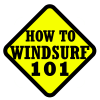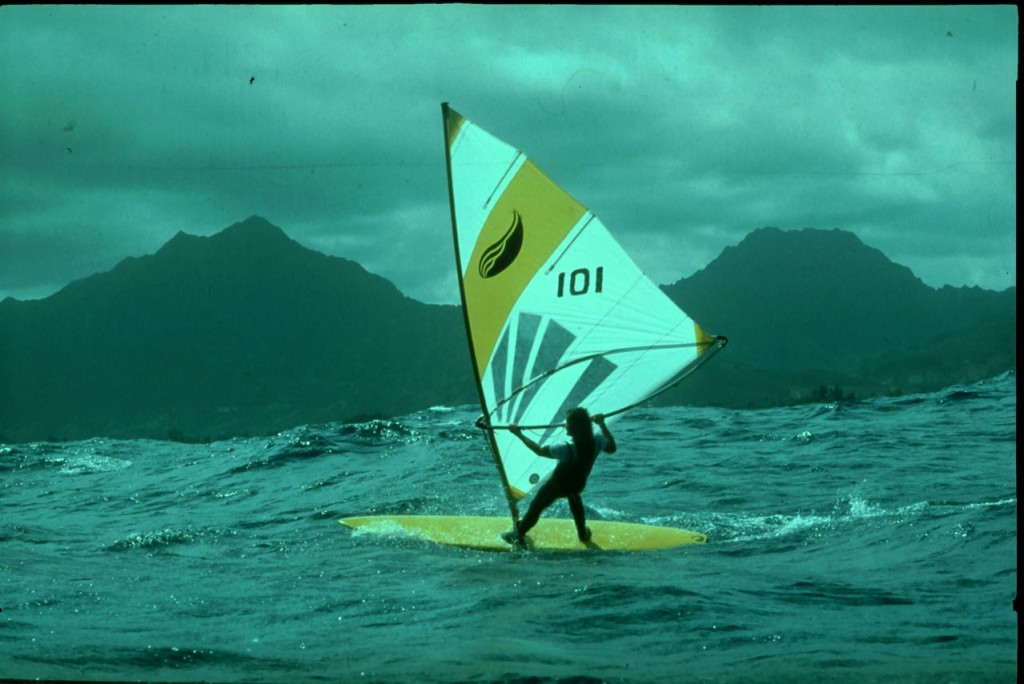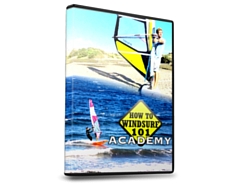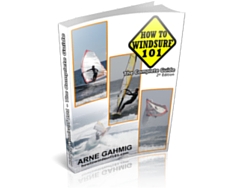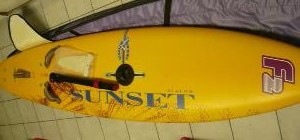
Switching from old boards to modern boards
Since its inception in the 1970’s windsurfing kit has come a very long way. Those triangle sails with wooden masts and booms. Heavy 4 meter boards with a keel. Nothing like the lightweight boards out of composite material and sails with a rigid profile of today. However, this big transformation of the last 40 years is something that has kept going until recent years.
Since the turn of the milenium, boards have changed in shape and size. They used to be measured more in length as they tended to have the same proportions regardless of discipline. Nowadays, aside from the fact that the disciplines have caused variations in the proportions of the boards, the trend has also become to make the boards shorter and wider. This has become a hurdle for many windsurfers who have been away from the sport for a couple of years and want to get back into it. The technique for sailing has changed and what used to be the norm doesn’t quite work anymore. Here are some tips on how to make the change to a more modern board.
It helps to remember that, as the older boards were longer, the distance from the fin to the mast foot was greater. This meant that the sails pressure point was relatively far forward which would cause the board to bear away easily. To read why, check out my post on steering. When we switch on to newer/more modern boards, we will find that they tend to be shorter and wider. In being shorter, the distance from the mast foot to the fin is less. This causes the pressure point of the sail to be further back with the same body stance and sail dimensions.
A side note, the materials and details of the sails have varied (read improved) over the recent years by becoming lighter, more durable and offering better handling. The general dimensions however, like mast length and boom length, have not changed much in the last 15 years. The biggest change in this regard has occured in the boards sector. This means that while the location of the sails pressure point and out body position remain the same. The fact that the distance from the mast-foot to the fin has changed is what throws us off.
So, in short, the reason why the more modern boards tend to luff up so much is that the pressure point of the sail is now further back with the same body position.
How to do we solve this?
There are two ways to solve this issue. The first is to lean the mast forward more to get going. This will probably mean moving further forward with your feet as this will not require you to alter your body position as much. The problem comes when we start to pick up speed and start planing. This is when we start to lean back and move our feet backwards to get in the footstraps.
Try to focus on keeping the sail in its position when you move your feet back. This may feel akward at first as it will mean our arms and upper body are now forced to be in a different position with respect to the lower body than we are used to. You may feel that you are constantly just about to be catapulted. A solution is to not think of it as leaning the sail forwards but more like positioning the mast towards the wind (due to us leaning towards the wind to hold the sail power) and actively pushing into the mast foot with our front hand, thereby pushing the board nose away from the wind (like when bearing away for the beachstart). This will take some practice but with a little body tension we manage to lever the board away from the wind with our front hand and the back foot.
You can even try to do this with the back foot already in the foot-strap and with the front foot just behind the mast-foot and make a lever with the two while using the new sail position to hold your body up and generate the propulsion.
The other trick is to move the fin and the mast foot as far apart from each other as possible. This causes the sails’ pressure point to be further forward with respect to the fins point of resistance in the water which in turn helps to bear away from the wind.
I hope this has made sense to you and that it helps you when you next try to cope with one of those pesky new boards that try to luff up all the time. If you have any questions just let me know in the comments.
